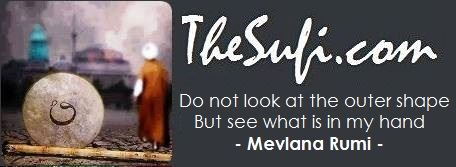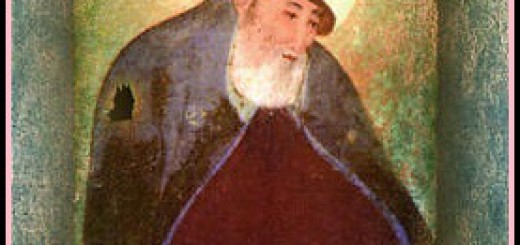Top 5 calligraphic styles of Islamic art
Top 5 calligraphic styles of Islamic art
Naskh
Naskh is one of the most widely used and admired calligraphic styles in Islamic art. It is renowned for its clarity, legibility, and geometric precision. The letters in Naskh are evenly spaced and have distinct proportions, making it suitable for copying religious texts and official documents. Its aesthetic appeal lies in its simplicity and elegant curves, creating a harmonious balance between each character. Naskh’s beauty lies in its disciplined and refined execution, conveying a sense of order and readability.

Naskh Islamic calligraphy script
Nastaliq
Nastaliq is a mesmerizing and highly decorative script, characterized by its flowing, elongated lines and delicate curves. It originated in Persia and became prominent during the Mughal era in India. The unique charm of Nastaliq lies in its rhythmic strokes, which resemble the movements of a dancer. This style is often associated with Persian and Urdu poetry, as it allows for intricate ornamentation and graceful compositions. Nastaliq’s beauty lies in its lyrical and expressive nature, evoking a sense of poetry and elegance.
Diwani
Diwani is a calligraphic style that emerged during the Ottoman Empire. It is renowned for its bold, angular strokes and ornate embellishments. Diwani is often associated with official decrees and royal correspondence, as it conveys a sense of authority and grandeur. Its beauty lies in the intricate interweaving of letters, creating complex and visually captivating compositions. Diwani’s distinctiveness stems from its ornamental nature and the mesmerizing interplay of sharp angles and graceful curves.

Diwani Islamic calligraphy script
Thuluth
Thuluth is a majestic and monumental script characterized by its tall and elongated vertical lines. It is widely used in architectural inscriptions and decorative art. Thuluth’s beauty lies in its grandeur and commanding presence. The proportions of its letters are meticulously crafted, allowing for intricate ornamentation and decorative flourishes. The deliberate spacing and elongation of the letters evoke a sense of power and authority. Thuluth’s elegance and magnificence make it a favorite for monumental calligraphy.
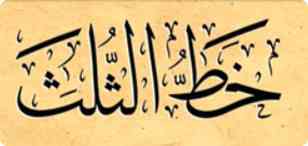
Thuluth script
Reqa
Reqa, also known as Ta’liq, is a flowing and curvaceous script that originated in Iran. It is renowned for its fluid strokes and delicate harmony. Reqa’s beauty lies in its graceful and rhythmic lines, resembling the movements of a gentle breeze or a flowing river. The script has a distinct poetic quality, making it a preferred choice for elegant compositions and lyrical verses. Reqa’s aesthetic appeal lies in its flowing nature and the balance it strikes between simplicity and ornamentation.
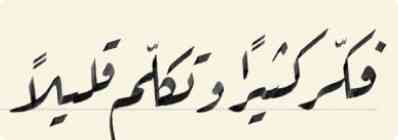
Reqa Islamic calligraphy script font
Each of these calligraphic styles possesses its own unique allure, attracting admirers from different parts of the world. Whether it’s the clarity of Naskh, the lyrical elegance of Nastaliq, the ornamental splendor of Diwani, the grandeur of Thuluth, or the graceful flow of Reqa, these styles exemplify the rich artistic heritage and spiritual significance of Islamic calligraphy.
Comparison of calligraphic styles of Islamic art
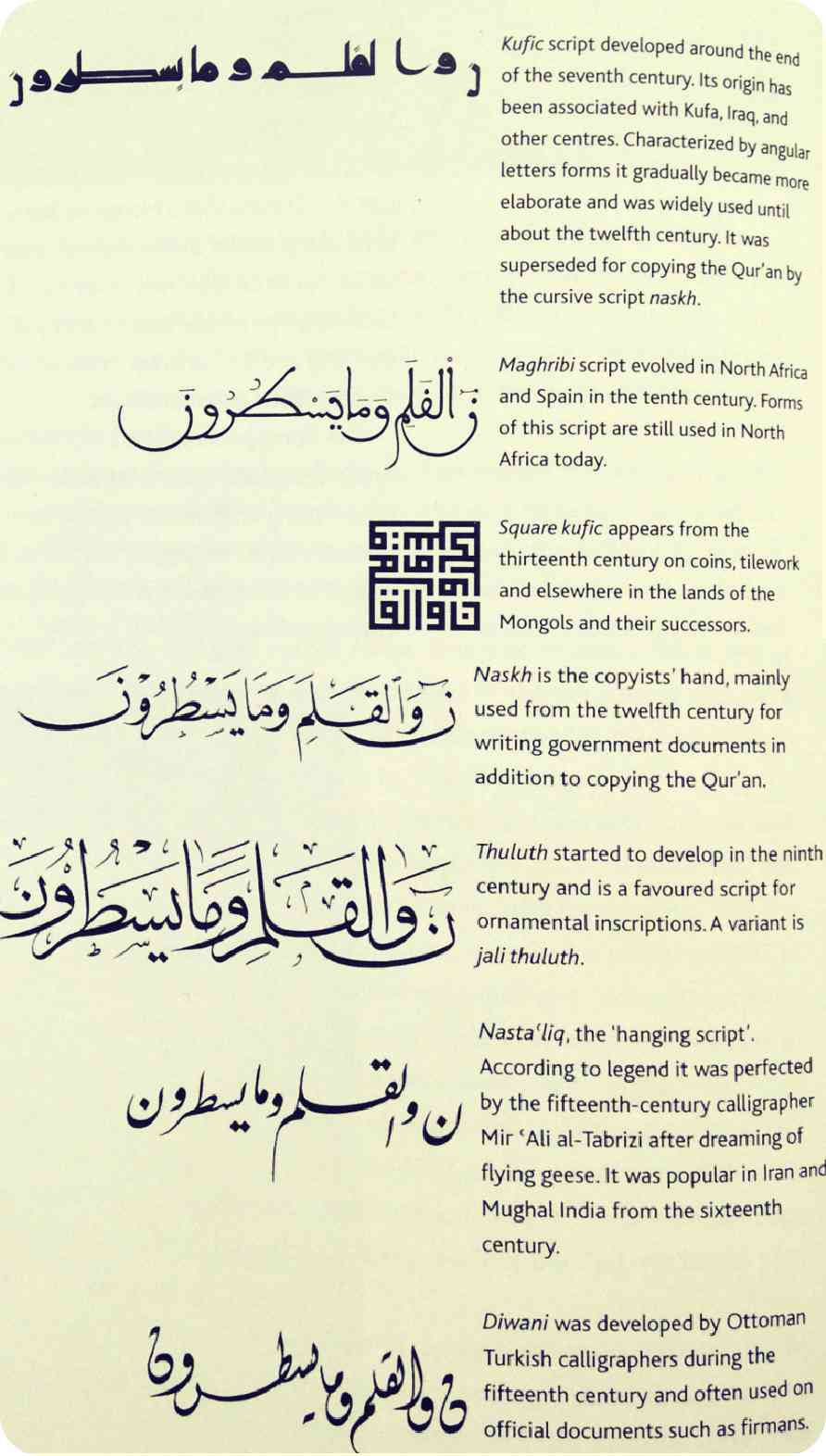
Comparison of calligraphic styles of Islamic art
